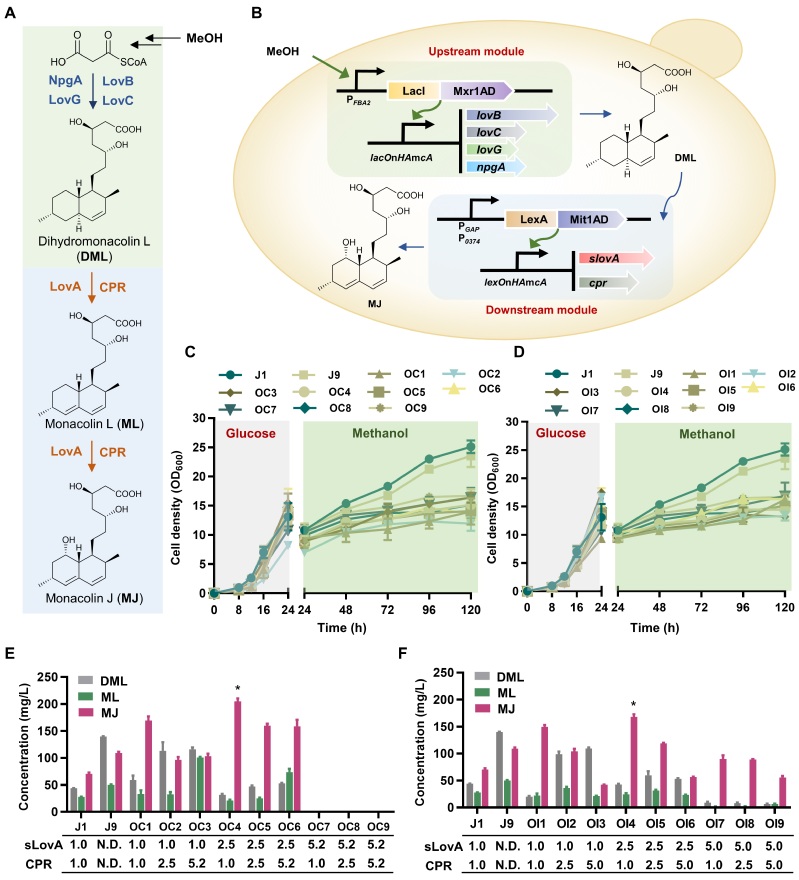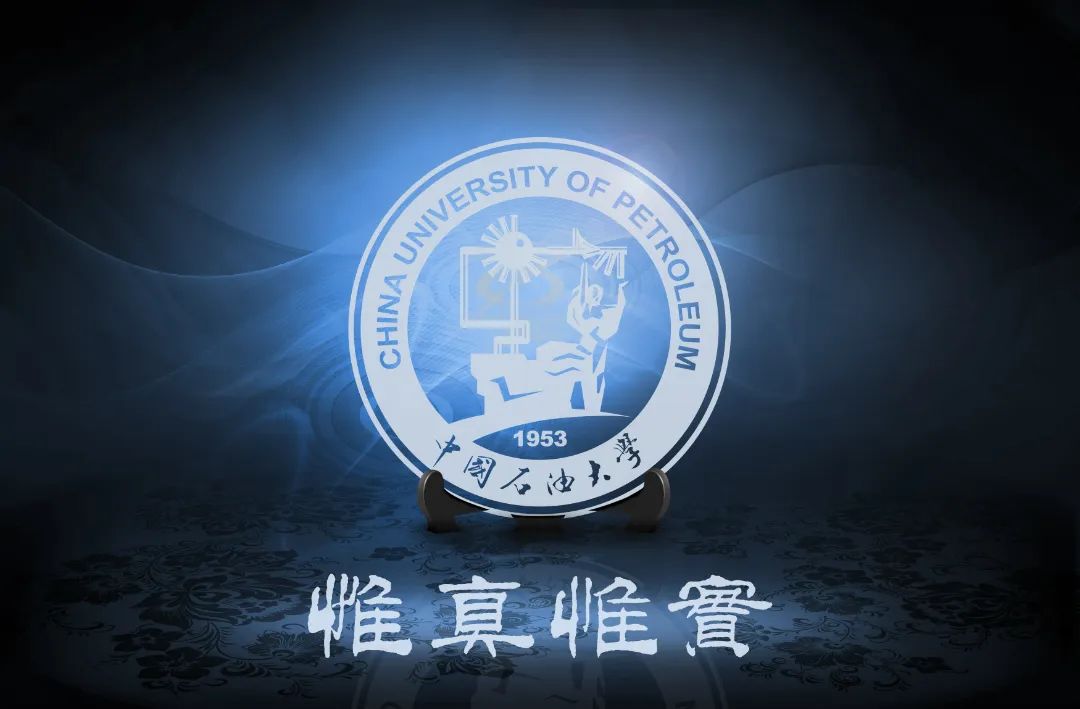Nucleic Acids Research reports new progress in our school yeast synthetic biological system
Author:East China University of Techn Time:2022.09.19
Recently, Cai Menghao's research team of the School of Biological Engineering of our school has made important progress in the combination of Bi Chi yeast. By designing a flexible and controllable new artificial transcription device library, the fine expression control of natural drug synthesis pathways is achieved. Transcriptingal Device Libraries Enable Precise Synthesis of Value-Added Chemicals From Methanol ", published online in Nucleic Acids Research (IF = 19.610).
The rapid development of synthetic biological technology has promoted the widespread application of microbial cell factories in the field of biological manufacturing and biomedicine. Personalized design and transformation of microbial chassis hosts with different physiological characteristics can meet diverse production scenarios and needs. For example, methanol, as the main auxiliary products of coal chemicals and direct oxidation products of carbon dioxide, has a wide range of sources, low cost, and high reduction. It has the potential to become a new type of carbon source substrate for industrial biological manufacturing, which has attracted widespread attention in the industrial biological community. The development of microbiological use of methanol as a chassis host for high value -added products has become one of the research hotspots of synthetic biology.
Bastein's red yeast has attracted widespread attention in academic and industrial circles due to its efficient methanol symepassing metabolism, more comprehensive post -translation modification and high -density fermentation. The biological synthesis of the product has gradually become a high potential chassis for the preferred host and natural product synthesis of protein expression. Efficient synthetic complex structured compounds in Bi Chi yeast need to refine the regulation of a large number of genes in the product synthesis pathway. However, compared with the model hosts such as winemaking and E. coli, Bi Chi yeast still lacks rich and effective gene expression regulatory tools as unconventional yeast.
In this study, the author designed the transcriptional gain device in the early stage (Science Advances, 2022, 8: EABL5166), further analyzes the transcriptional regulation mechanism of Bichi Yeast and reconstructs the transcriptional regulatory genetic line. , Combined with specific functional elements such as sequences and transcription factors activation domains to build a set of component artificial transcriptional device library CTRDL with continuous changes in the output intensity. %~ 520%, the overall difference multiple reaches 32.5 times. On this basis, by screening a methanol -induced promoter with a suitable intensity range as the input promoter, it is adapted to the core component of the artificial transcription regulation and control, and a methanol -induced artificial transcription device library ITRDL, library, library, library, is further constructed. The capacity reaches 162, the intensity is 30%to 500%of the PAOX1, and the overall difference is 16.7 times. Theoretically, two sets of artificial transcription device libraries with different regulatory modes, continuous changes in output strength, and large intensity span can provide more optional tools and more flexible for reorganized protein expression and complex small molecular products in Bi Chi Yeast. Regulatory mode.

On this basis, the author chose Monacin J in the intermediate of the drug -lowering drug as a reported compound to further test the effectiveness of the reconstruction and regulation of the artificial transcription device library CTRDL and ITRDL in the complicated drug molecular synthesis path. Taking methanol as a substrate, the device that selects ITRDL sources adapts to the balanced polyester synthesis module, and successfully achieves the high -efficiency synthesis of the intermediate product dihydrous Manaklin L through the orthogonal design. 5.5 times and 9.3 times the genetic dose of PAOX1 expression mode. Further, select the device of CTRDL and ITRDL sources to adapt to the balanced downstream oxidation process module, respectively, and optimize adaptation and non -interactive regulation of the 6 key enzymes of the entire path through full factor design. , Greatly improved the synthetic ability of the target product Monacarin J, the output and yield reached the same culture conditions and the same genetic dose of the PAOX1 expression mode 3.0 times and 5.0 times, and the multi -copy -based dose of the PAOX1 expression mode excellent dose is excellent. The product synthesis capacity of the strain shows the fine control, flexible and controllable, and efficient expression of the artificial device library built by the author.

Overall, based on the concept of the design concept of synthetic biology, the research has developed a new type of artificial transcription device library of Bichegifer and implemented fine expression control of polyzyme pathways. Provide new ideas and strategies to further expand the application potential of Bi Chi yeast in the field of synthetic biology and metabolic engineering.
The first author of the paper is the doctoral student Zhu Qiaoyun, and the author is associate Professor Cai Menghao. The research work has obtained projects such as the National Key R & D Plan, the National Natural Science Foundation of China, Shanghai Youth Technology Qiming Star, Shanghai Cell Metabolic Optical Research Research Base and other projects. Funding.
Original link: https://doi.org/10.1093/nar/gkac765
- END -
The expert group of the Ministry of Education went to the Zhengzhou Railway Vocational and Technical College to investigate and guide the construction of a national virtual simulation training base

On July 27, the expert group of the Ministry of Education went to the Zhengzhou Ra...
This article will be sent to you and become a "background" person together!

Online interview, online meetingOnline study, online discussionThe online mode has...